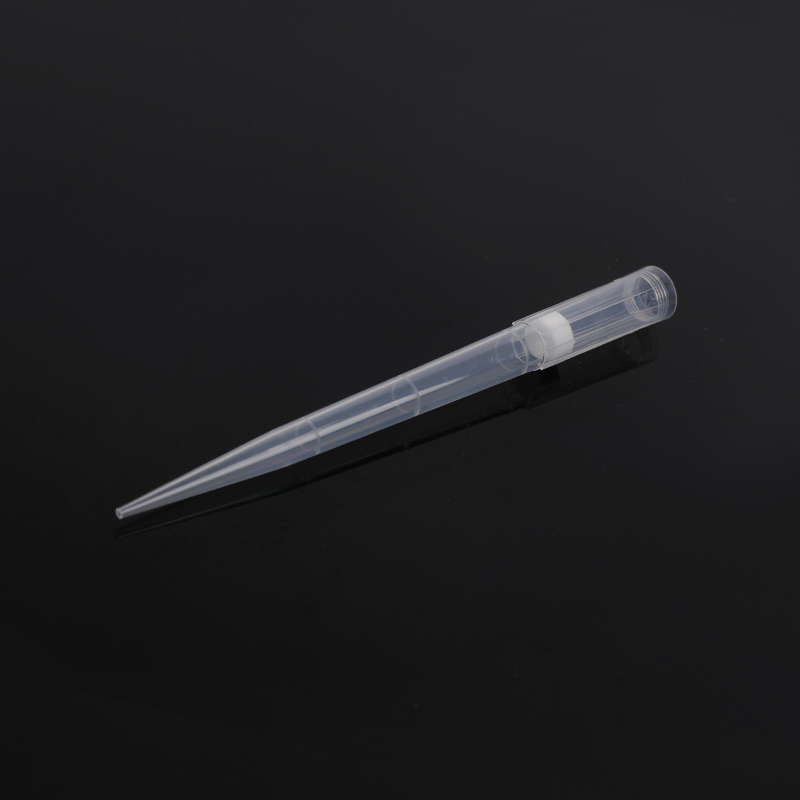Using pipette tips is a routine practice in laboratories for accurately transferring liquids. However, several potential sources of error and contamination can arise during pipetting processes, affecting the reliability and validity of experimental results. Understanding these sources of error and implementing appropriate strategies to minimize them is crucial for maintaining data integrity and reproducibility.
1. Contaminated Pipette Tips:
Contamination can occur if pipette tips are not properly stored or if they come into contact with surfaces or substances that could introduce unwanted particles or microorganisms. To minimize this issue, it is essential to store pipette tips in a clean and controlled environment, away from potential contaminants. Using filter pipette tips can also help prevent aerosol contamination, especially when working with volatile or hazardous substances.
2. Improper Tip Attachment:
Incorrect attachment of pipette tips can lead to inaccurate volumes being dispensed. This error can be caused by a loose or misaligned tip, resulting in inconsistent pipetting. To address this, users should ensure that pipette tips are securely attached, and they should follow the manufacturer's guidelines for proper tip attachment.
3. Aerosol Contamination:
During pipetting, air displacement can create aerosols that carry droplets of the liquid being transferred. This can lead to cross-contamination between samples and pose a risk to researchers. To minimize aerosol contamination, using filter pipette tips with aerosol barriers can effectively trap any aerosols and prevent them from entering the pipette shaft or contaminating other samples.

4. Meniscus Variation:
The meniscus of the liquid in the pipette tip can vary due to factors such as temperature, humidity, and the properties of the liquid itself. Inconsistent meniscus formation can result in inaccurate volume delivery. To address this, pipetting should be performed at a controlled room temperature and humidity level, and users should carefully follow the recommended techniques for pipetting different types of liquids.
5. Surface Tension Effects:
Surface tension can cause liquid to cling to the outer surface of the pipette tip, leading to over-delivery or under-delivery of liquid during aspiration and dispensing. To minimize this effect, pre-wetting the pipette tip can help ensure accurate volume transfer. Pre-wetting involves pipetting a small volume of the liquid into the tip before aspirating the desired volume.
6. Pipette Calibration and Maintenance:
Calibration drift and pipette wear can lead to inaccurate volume delivery. Regular calibration of pipettes is essential to maintain accuracy. Pipettes should also be properly maintained and serviced according to the manufacturer's recommendations. Proper maintenance includes cleaning and lubrication to ensure smooth piston movement and consistent performance.
7. Cross-Contamination:
Cross-contamination can occur when the same pipette tip is used for multiple samples without proper cleaning or replacement. This can lead to the transfer of trace amounts of one sample to another, compromising the integrity of the experiment. To prevent cross-contamination, it's important to use a new, clean pipette tip for each sample or to use disposable pipette tips that are discarded after each use.
8. Pipetting Technique and Speed:
Inconsistent pipetting technique, such as varying the speed of aspiration or dispensing, can lead to volume discrepancies. To ensure accuracy, users should adhere to a consistent and controlled pipetting technique, maintaining a steady speed and avoiding abrupt movements that could introduce air bubbles or lead to inaccurate volumes.
9. Viscosity Effects:
The viscosity of a liquid can influence its behavior during pipetting. Highly viscous liquids may exhibit slow aspiration and dispensing rates, leading to inaccuracies. Pipetting protocols for viscous liquids should be optimized to ensure proper volume transfer, and using appropriate pipette tips designed for viscous samples can help minimize errors.
In conclusion, pipette tips are integral tools in laboratory work, but several potential sources of error and contamination can impact their accuracy. Minimizing these issues requires meticulous attention to detail, adherence to proper techniques, and the use of suitable equipment. Researchers should focus on maintaining a controlled environment, using proper pipetting techniques, choosing the right type of pipette tips, and following manufacturer guidelines for calibration and maintenance. By addressing these potential sources of error, laboratories can enhance the reliability and reproducibility of their experimental results.

 English
English 中文简体
中文简体













